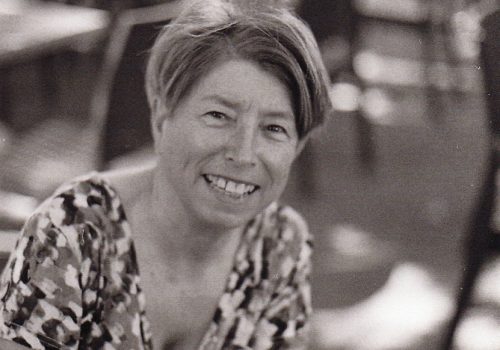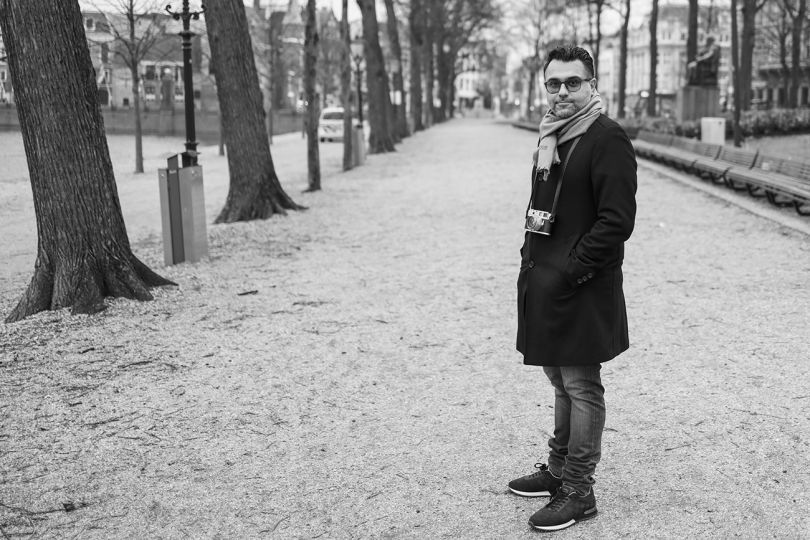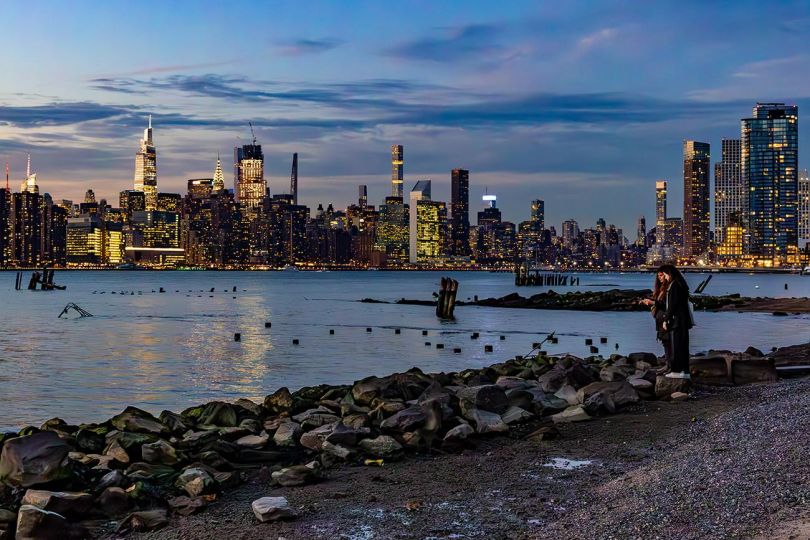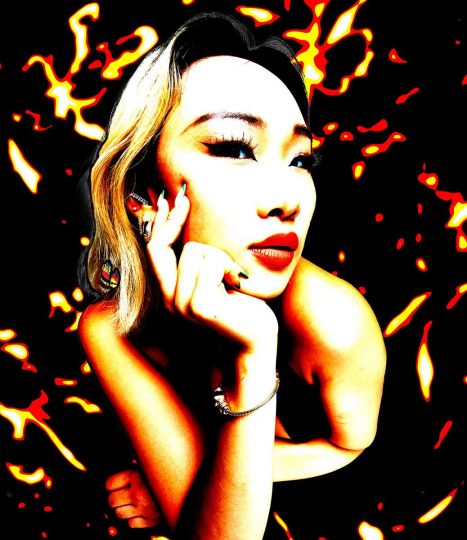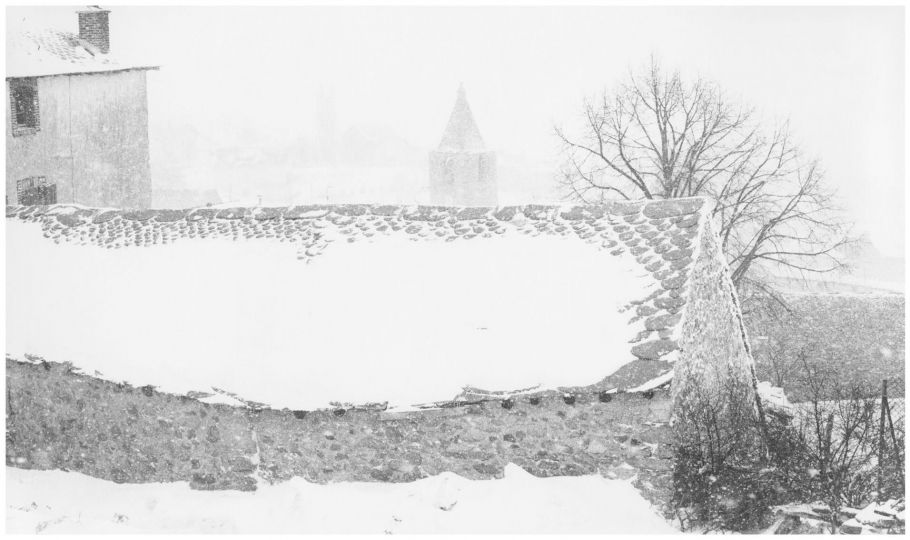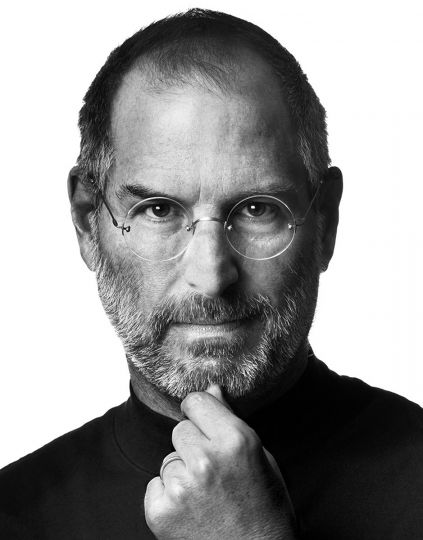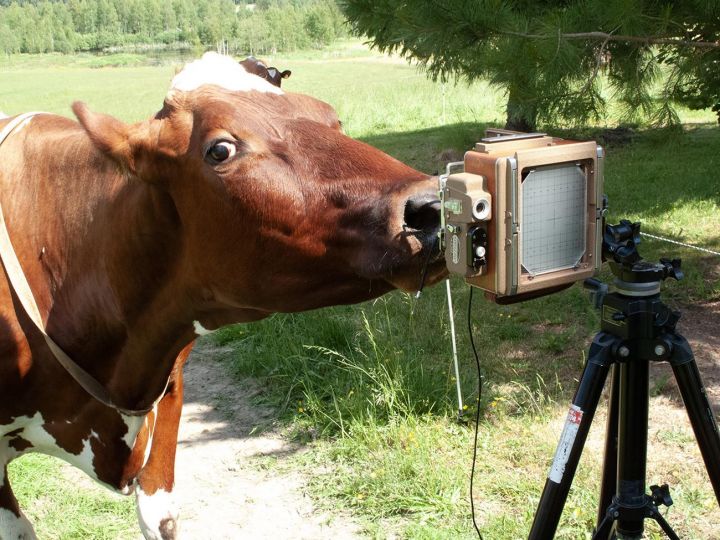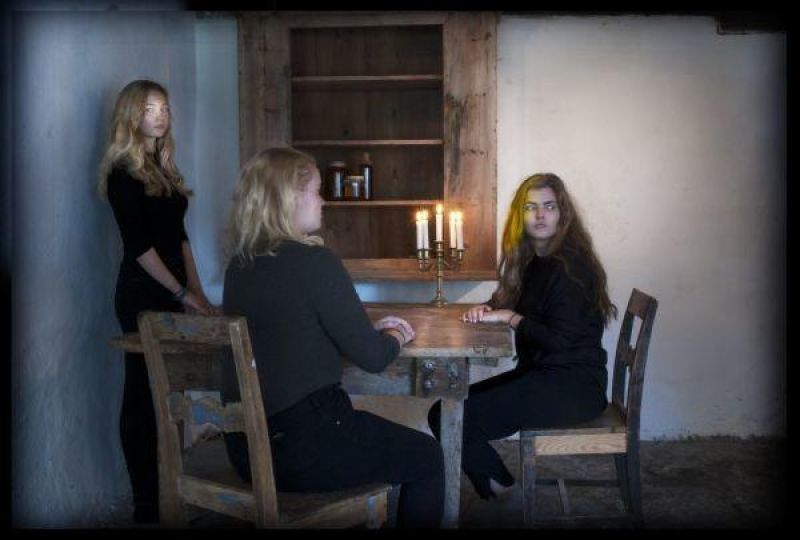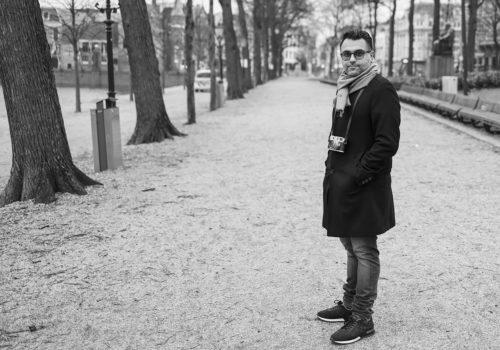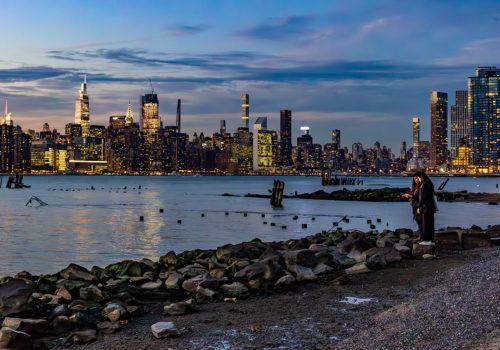In parallel to her book, Arles Les Rencontres de la photographie 50 ans d’histoire published by de La Martiniere, Francoise de Noyelle publishes a second one: Arles Les Rencontres de la photographie Une Histoire française, published by Art Book Magazine-Arles Les Rencontres de la photographie. This one is more thematic and historical. She presents it as follows:
The Rencontres d’Arles
50 years of photography
50 years of passion
In the 1960s, French photography is at half mast. Humanist photographers have been shooting their last cartridges for a long time. At least we like to believe it here and there. At Magnum Photos, Henri Cartier-Bresson, after threatening to leave the agency, sticks to a status of contributor (1966). George Rodger, another founder of the agency, denounces the commercial drifts. The press is plagued by the competition of television increasingly present in homes. The state that had offered photography to the world in the nineteenth century has a Ministry of Culture in 1959. But neither Andre Malraux, nor his successors Edmond Michelet, or Andre Bettencourt include any budget line in favor of photography .

